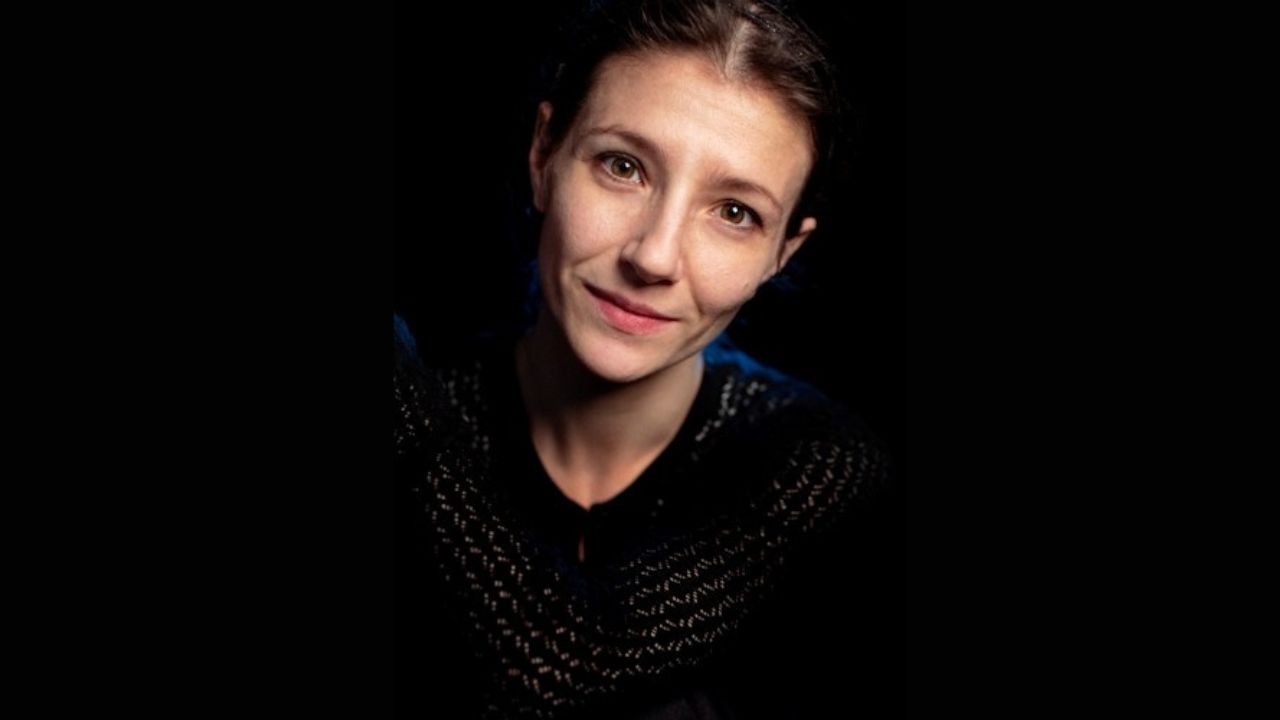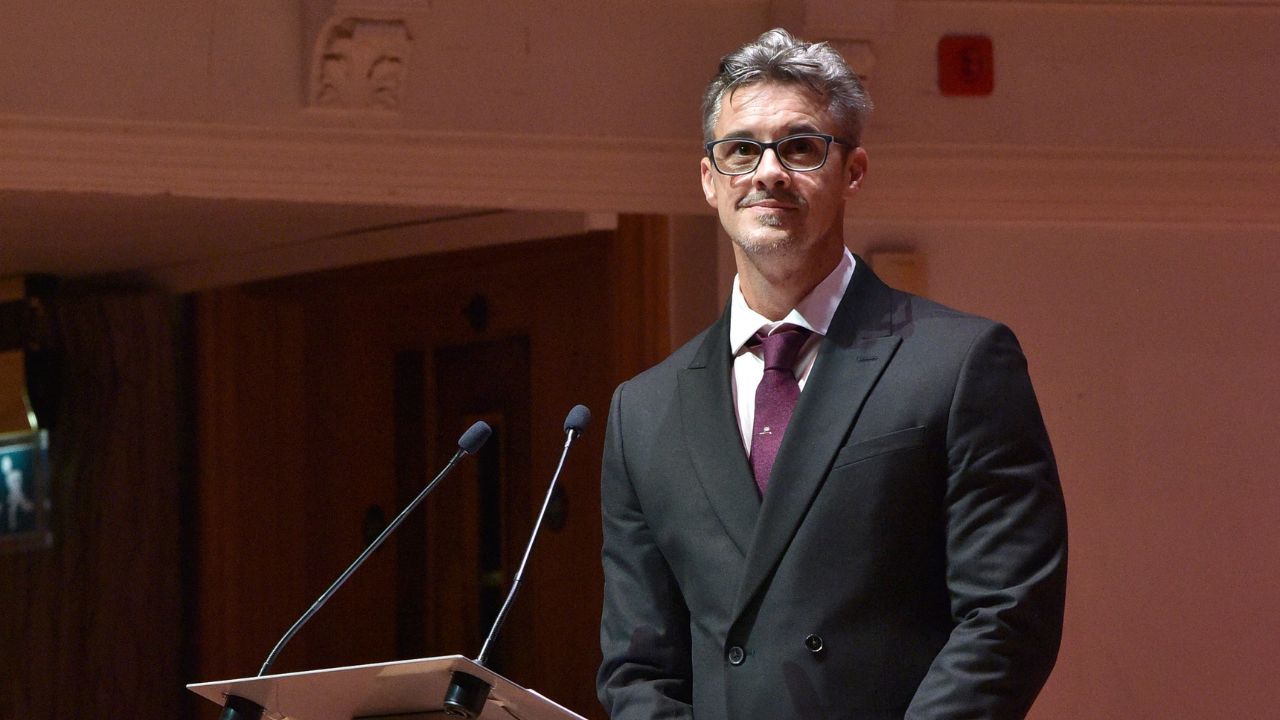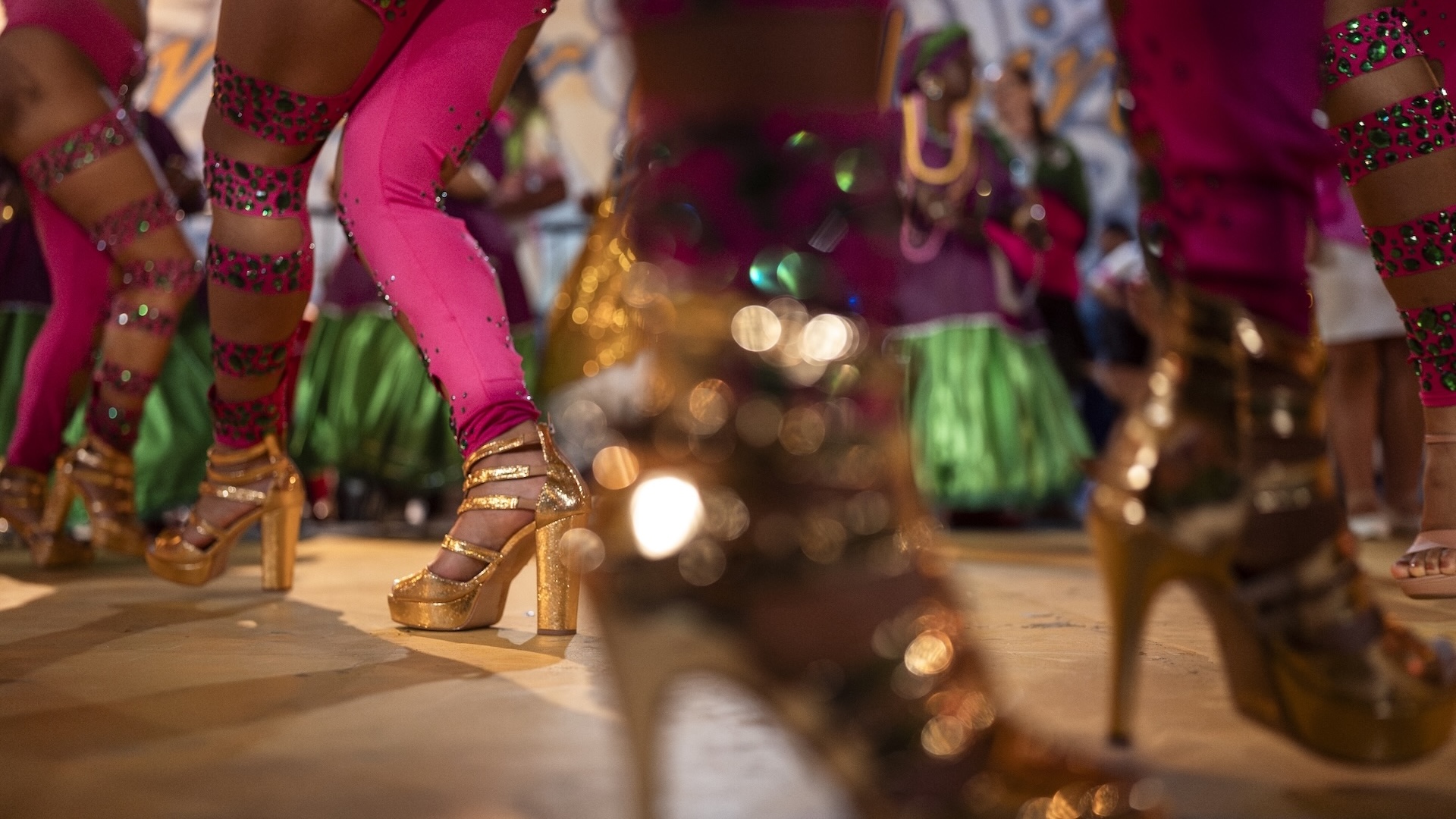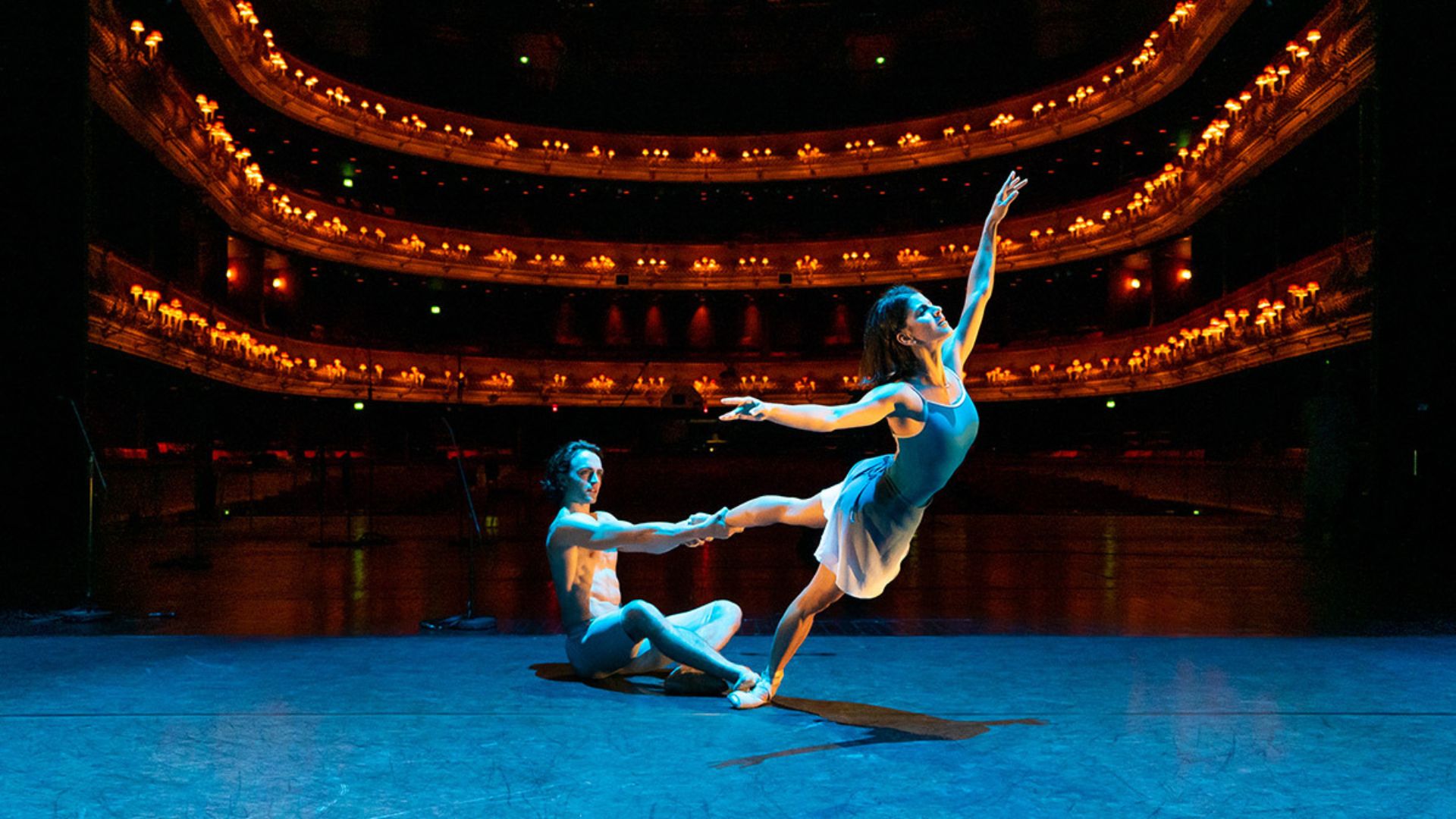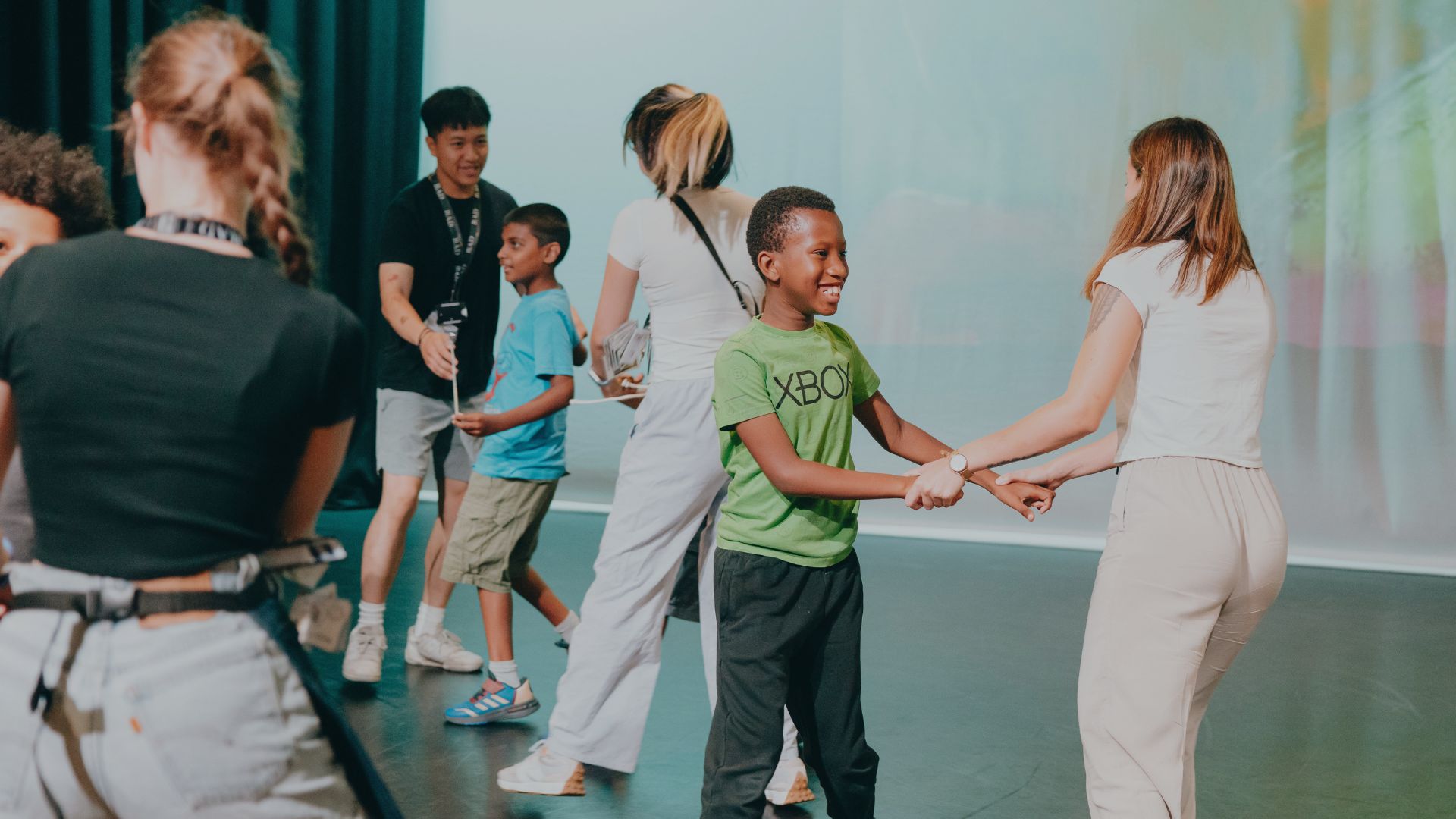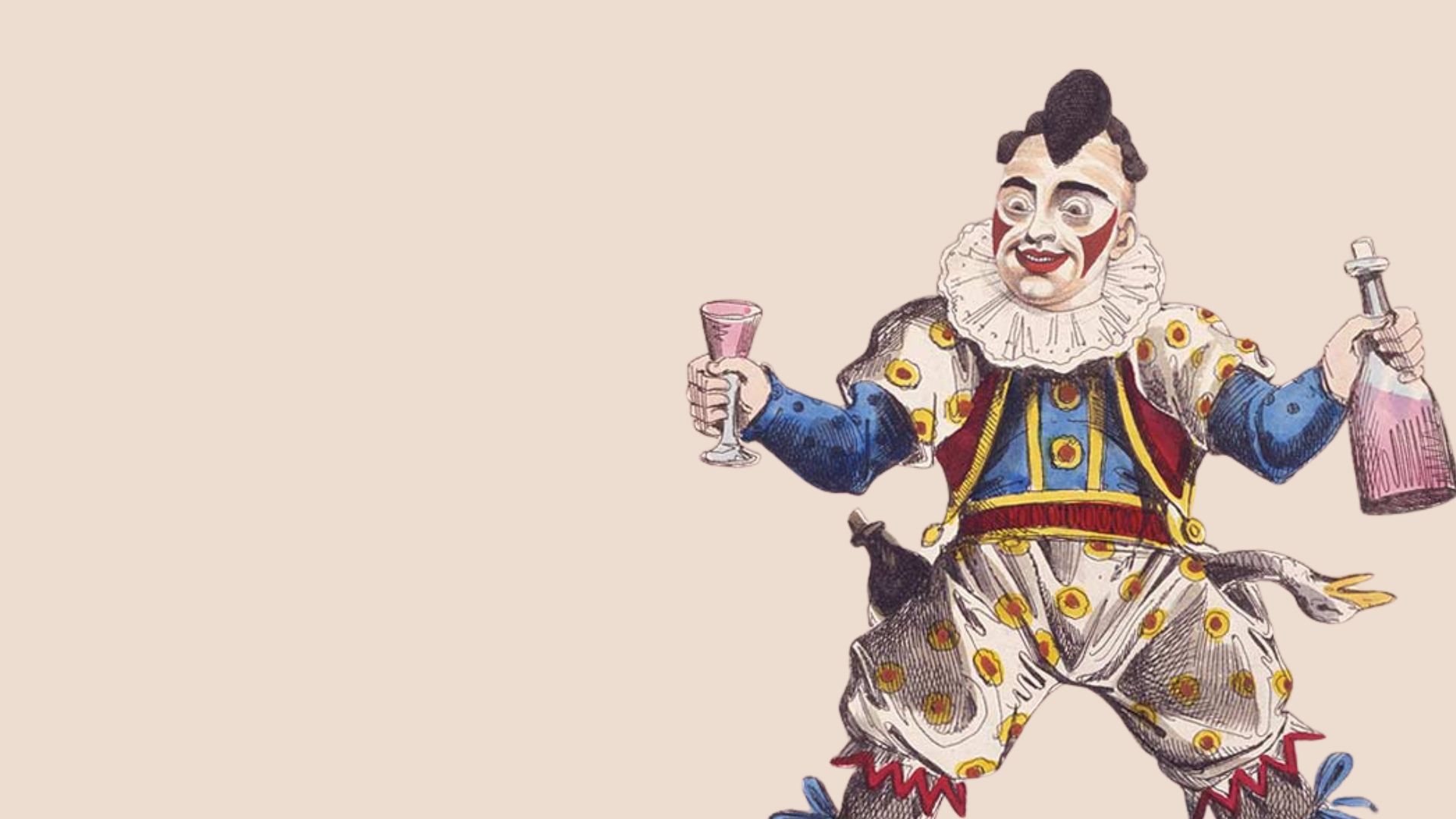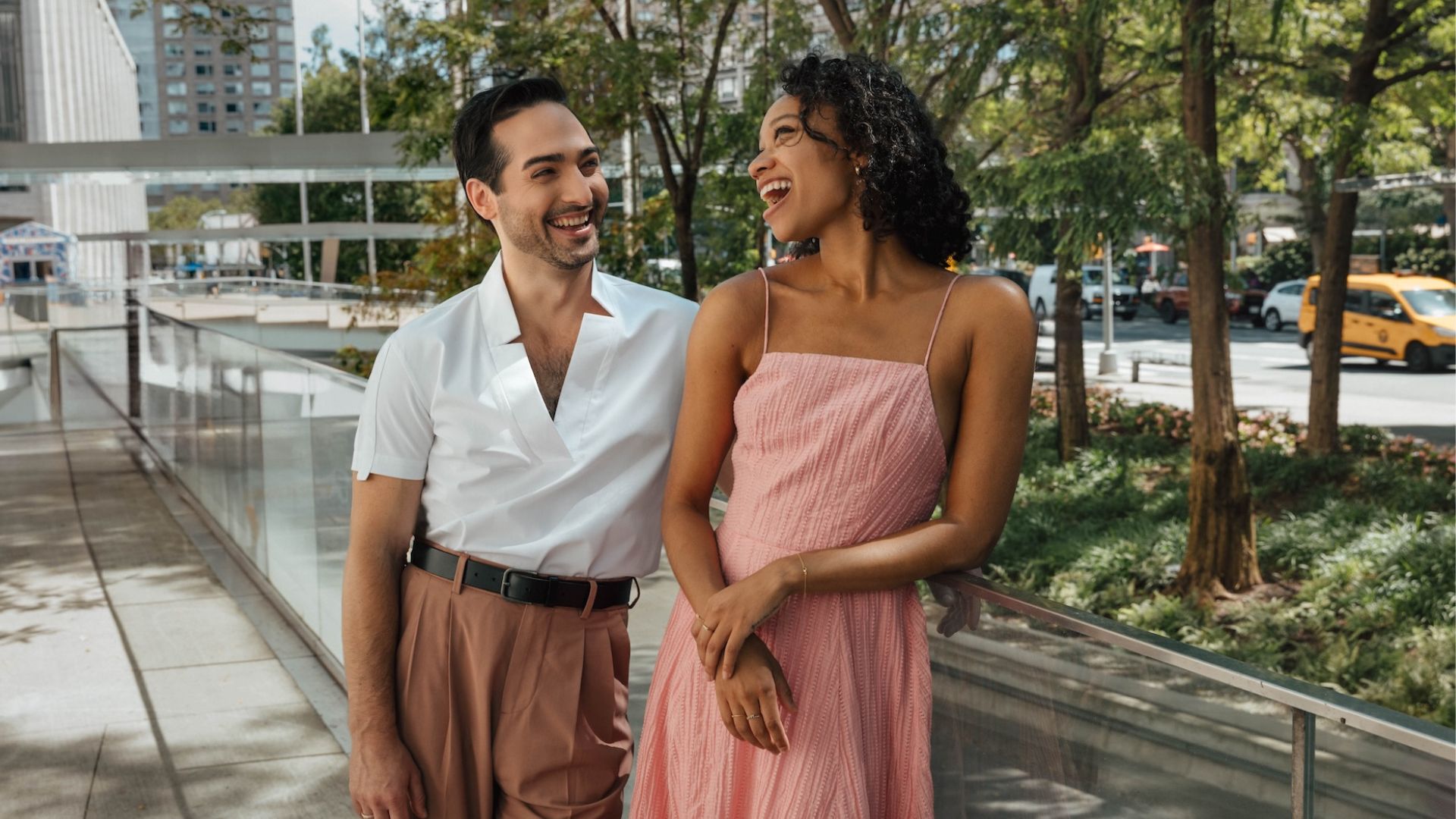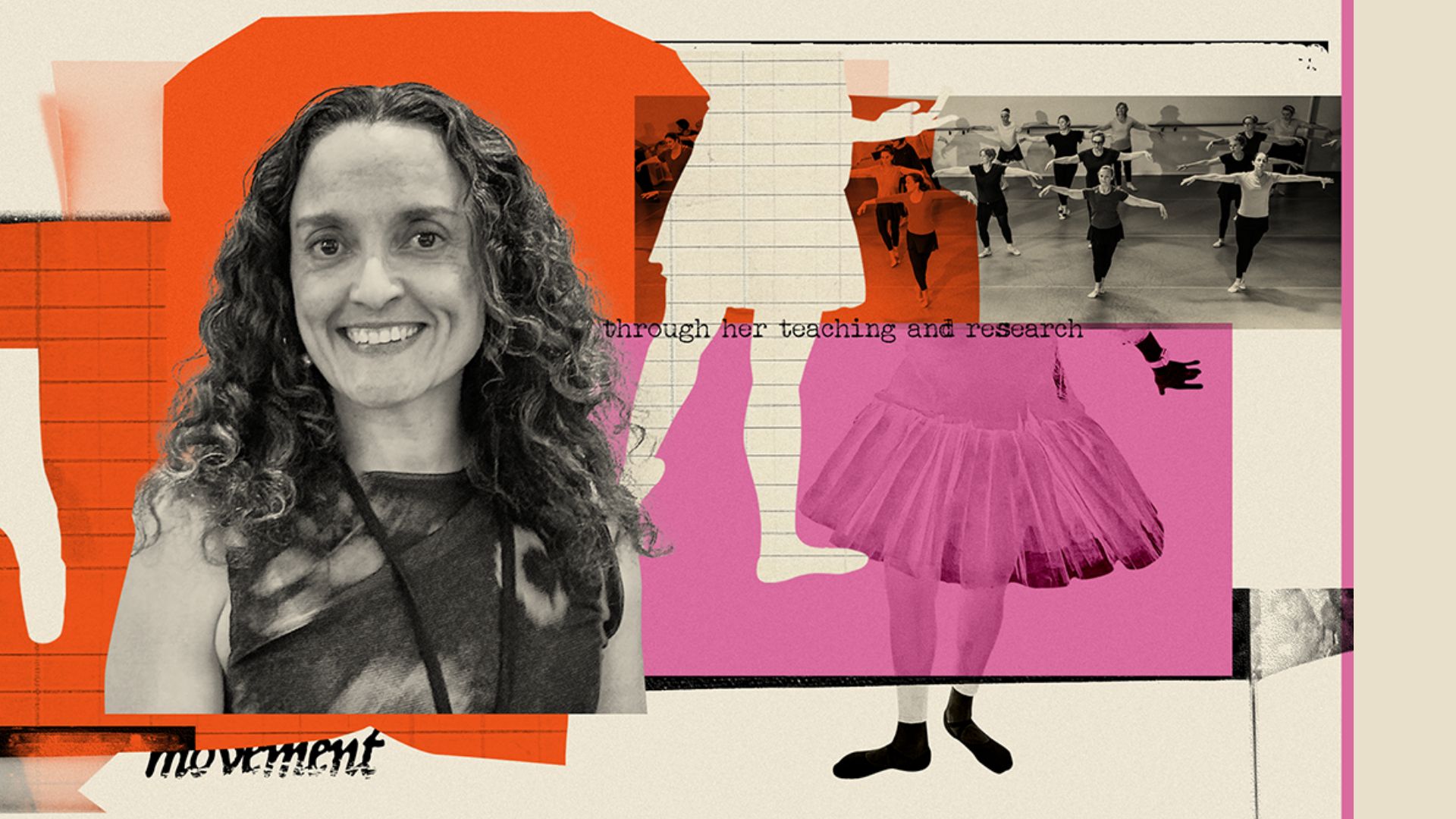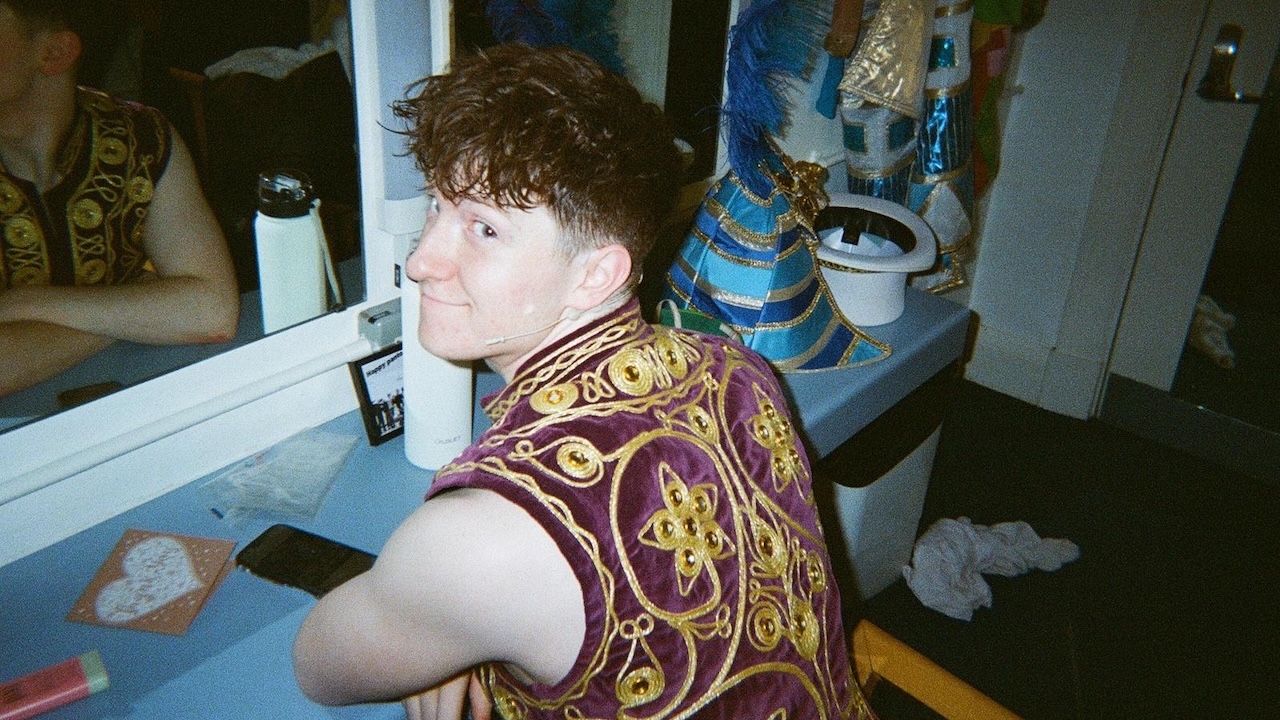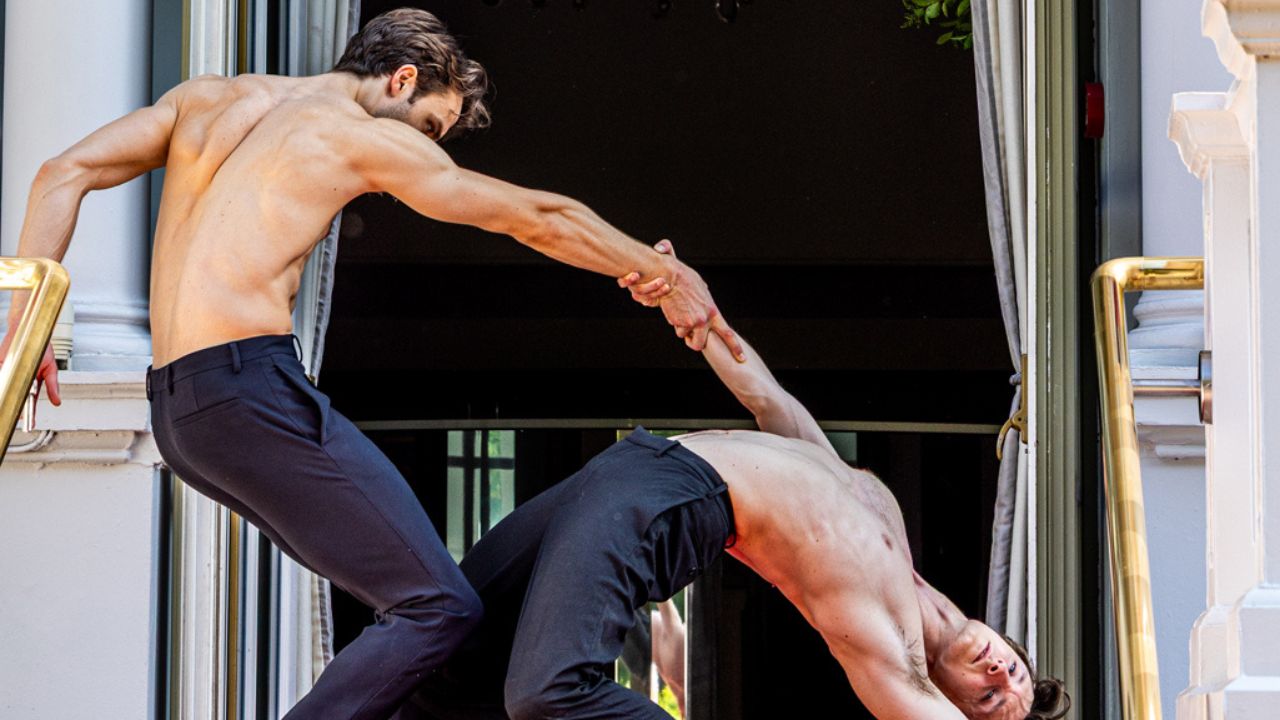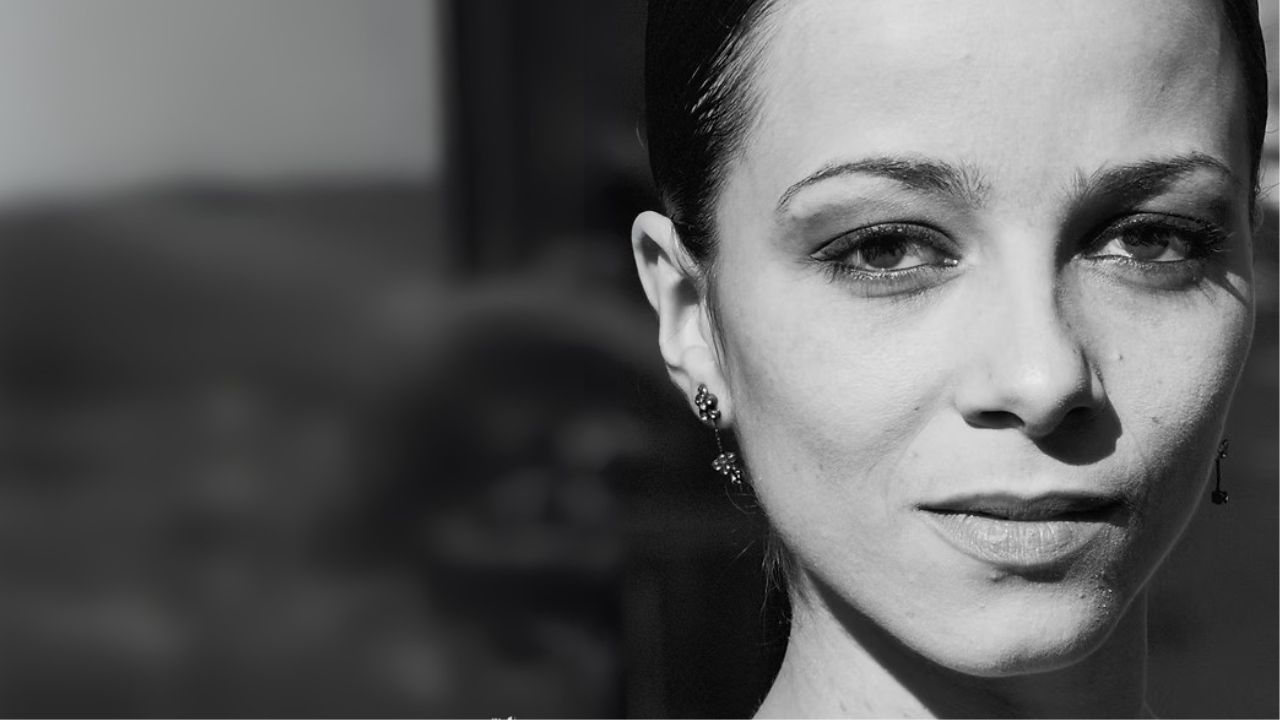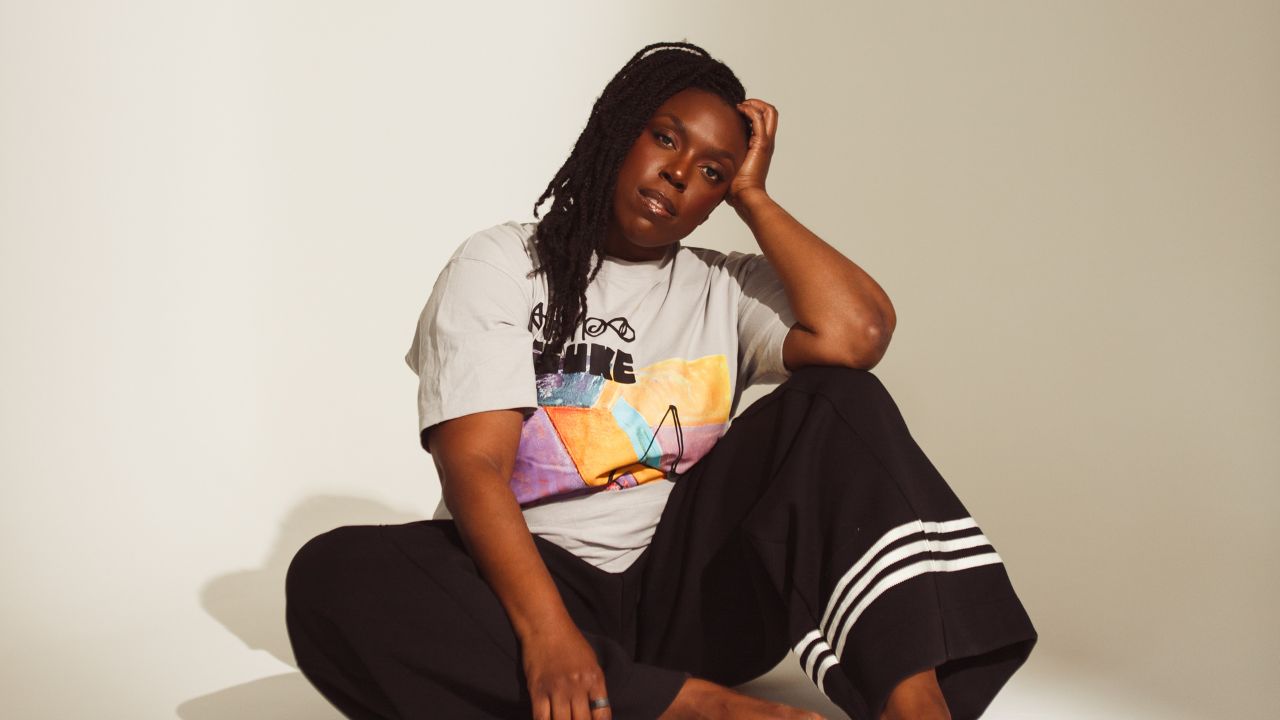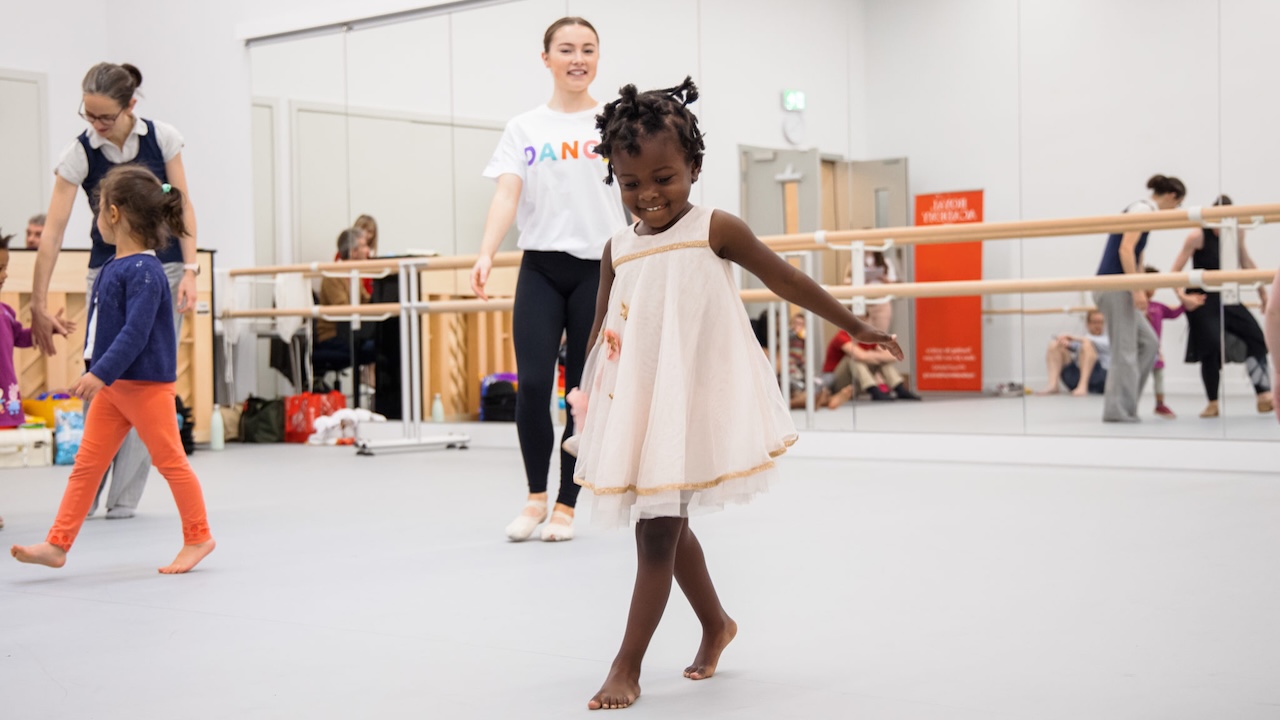What propelled your dancing when you were young?
My mum once said, ‘you always knew what you wanted.’ I was surprised – but it seems that I’ve always had that certainty.
When I was 10 years old, I saw my first ballet performance. I was already training in Kyiv, but had never seen a ballet. During the intermission of Don Quixote, they couldn’t find me – I’m told that I was by the orchestra pit, looking at the stage and saying: One day I’m going to do that, and I’ll do it better than she [the ballerina] does. Only six years later, at 16, I performed Don Quixote on that stage, and that same dancer was in the wings watching me. It’s surprising to look at the time frame in which that was achieved, but in my head it was never in doubt. I’ve always been focused on my work – and when you do that, some people might not like it, but everyone will understand and respect it.
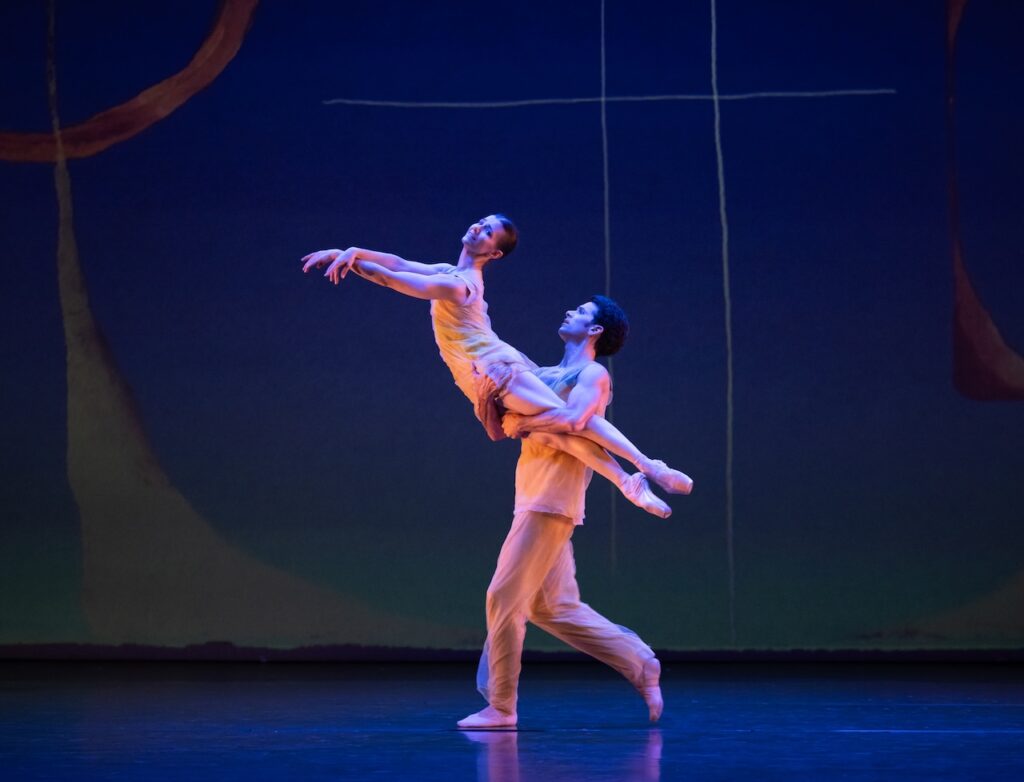
Alina, you have made me cry more than any stranger should! When you’re on stage in the moment, how do you balance technique with the emotion you want to create?
Oh my gosh, I could talk about this for days and days, I’m truly so passionate about it. I feel there’s a curiosity about this that is disappearing a little in the ballet world right now. Our art form is so bare. We don’t have fireworks, we don’t have car chases: we just have ourselves. So how do I bring myself to the performance? For me, it all starts with the same thought – that whoever’s watching knows what pain is just like I do. They know happiness, sorrow, the same range of emotions that I feel. I know my audience, because they’re like me.
Now, let’s find out who am I performing. With Manon [in Kenneth McMillan’s ballet], I thought: I don’t like her! But if I don’t like her, you won’t like me on stage. So I started searching and discovered a film about a courtesan who was also a poet, and learned that courtesans were the only women allowed into the library in Venice. They were considered very smart women. So if I make Manon intelligent, loving and curious? I know that feeling. I connected with her a little more.
During the pandemic, we couldn’t perform. Our art form was not needed – saving life was the priority. When I was back on stage, I realised that telling someone’s story is powerful and I don’t take it lightly. That’s my power: to tell the story in the most honest way, to connect. As artists, that is our power – without fireworks, just pure connection.
Are you interested in passing on these ideas through coaching?
I have started coaching a little, because I feel we need to shift our focus towards the artistic aspect. [Impressive athleticism alone] does not make a dancer. It might be exciting, but there is a limit if you only focus on that – unless you combine it with an artistic aspect, self-discovery, a passion for storytelling. Then a new world opens up for us and for the audience. I feel that will be the next step towards a fulfilling career. Honestly, it’s not my coach’s job to make me excited about my work. It’s mine. If I’m bored in a studio, it’s my fault, because I can use my imagination and I can use my creativity to create something. If we start shifting a little bit of focus in that direction, it really can be a fun profession.
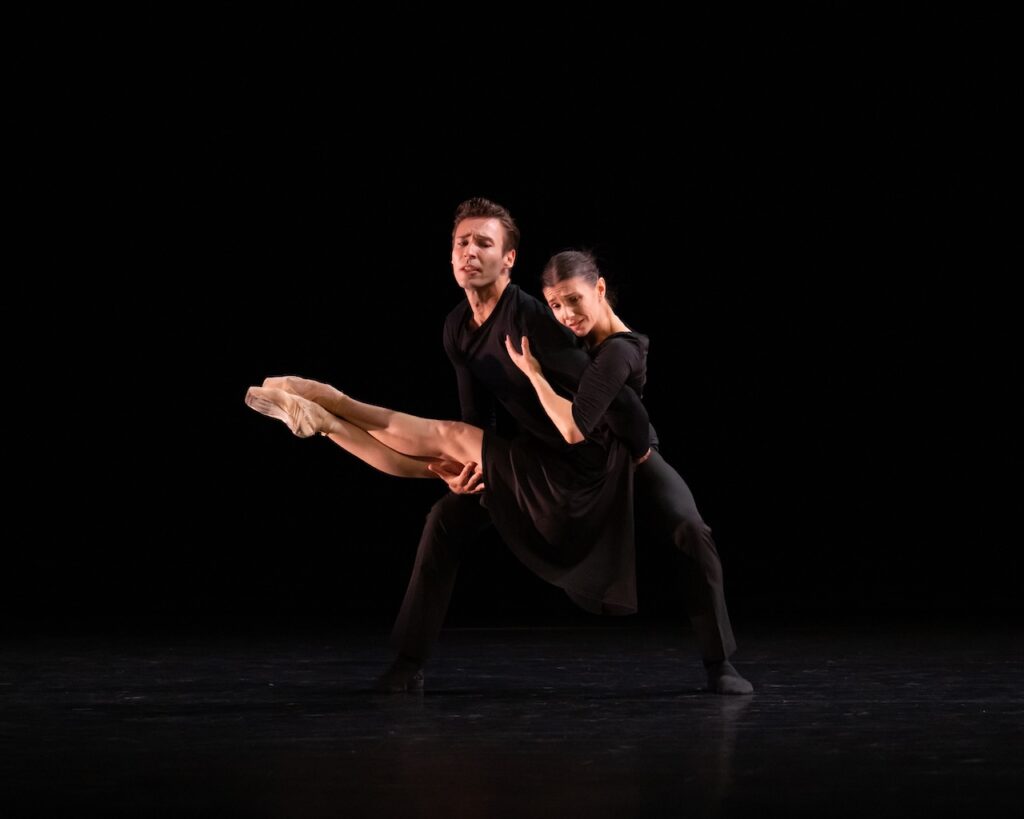
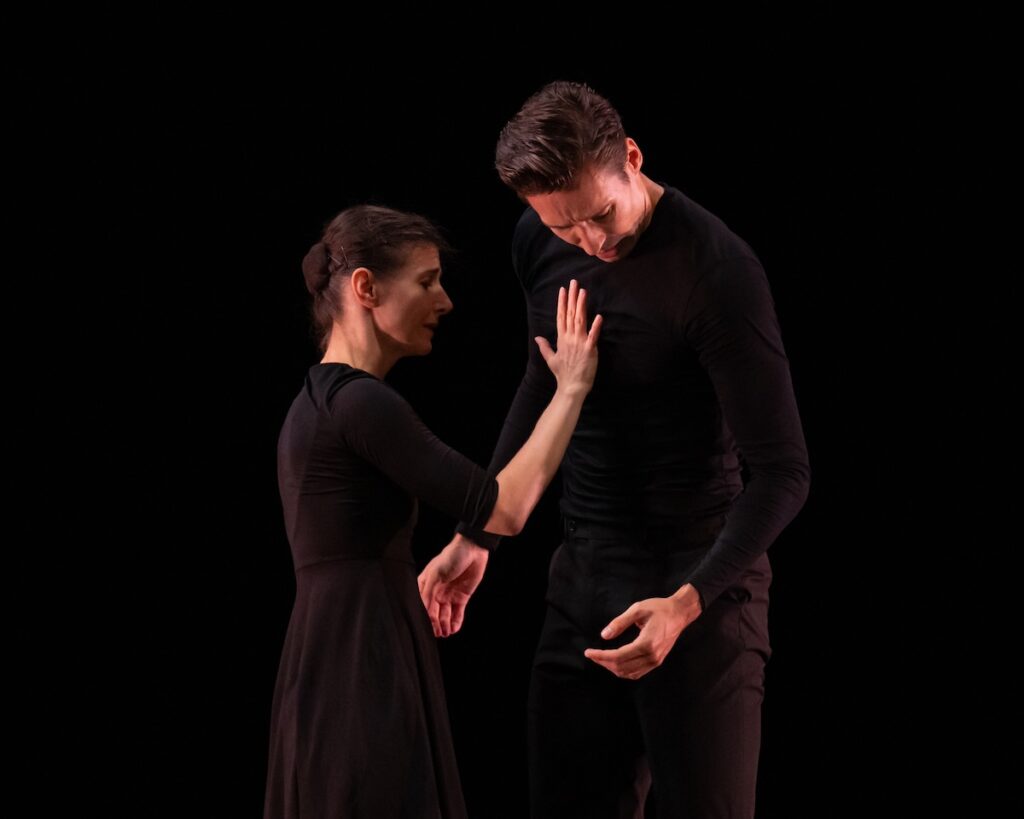

How do you deal with feedback?
If there’s one thing I’ve learned, it is: don’t take it personally. I can accept the feedback that helps me grow or because I’m curious about it. The rest, I’ll throw away, because it does not apply to me.
The challenge right now is that feedback comes from everywhere. It comes from Instagram, critics, colleagues, teachers, coaches, your colleagues, people at the stage door. They all have their right to their opinion and will say it in their own ways. I cannot control that. But I know my value, and what, for me, is important – which is to connect to people through storytelling. So when I get feedback, my values are my shield. Whatever you say has to go through this filter. Then I’ll receive it as helpful feedback, no matter how you deliver it. I wish I would have learned this earlier – and I wish I had started applying it to my daily life as well, and not taking everything personally.
Why does dance matter to you?
I think in life, we all have a purpose. I want to know who I am, and for me, dance was the tool that helped me go as deep as I could, push myself as far as I could, learn about myself and the world around me. I saw a possibility of forgiveness and bravery to go for it, because at the end of the day, is not the end of the world if I fail. I might as well use the tools that I’ve been given to dance the best I can, because I might just connect and learn and share, which truly is why I am here. For me, my art form is who I am.
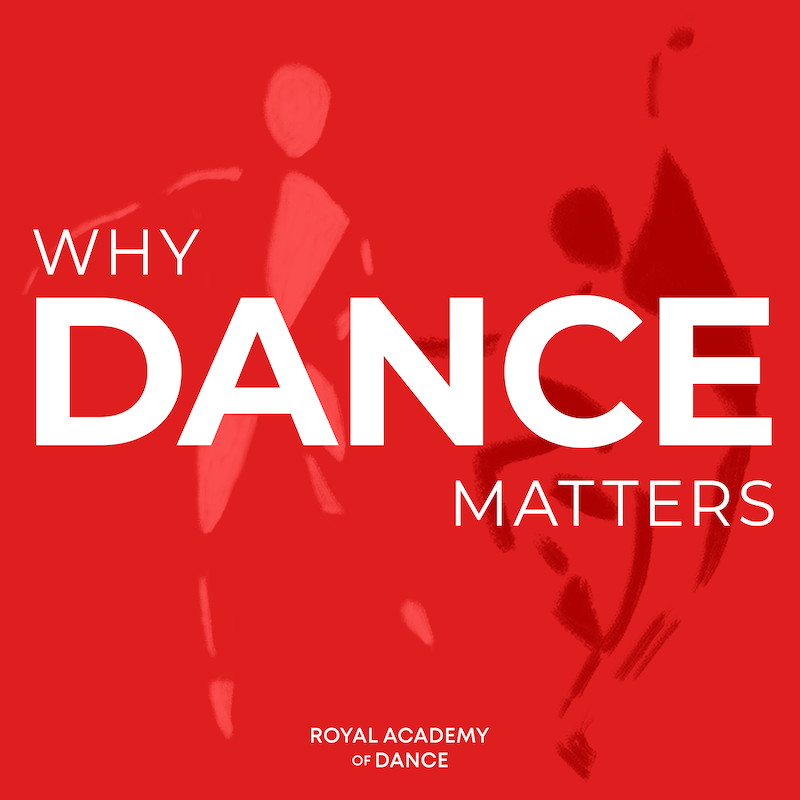
LISTEN
Hear the full interview with Alina Cojocaru

